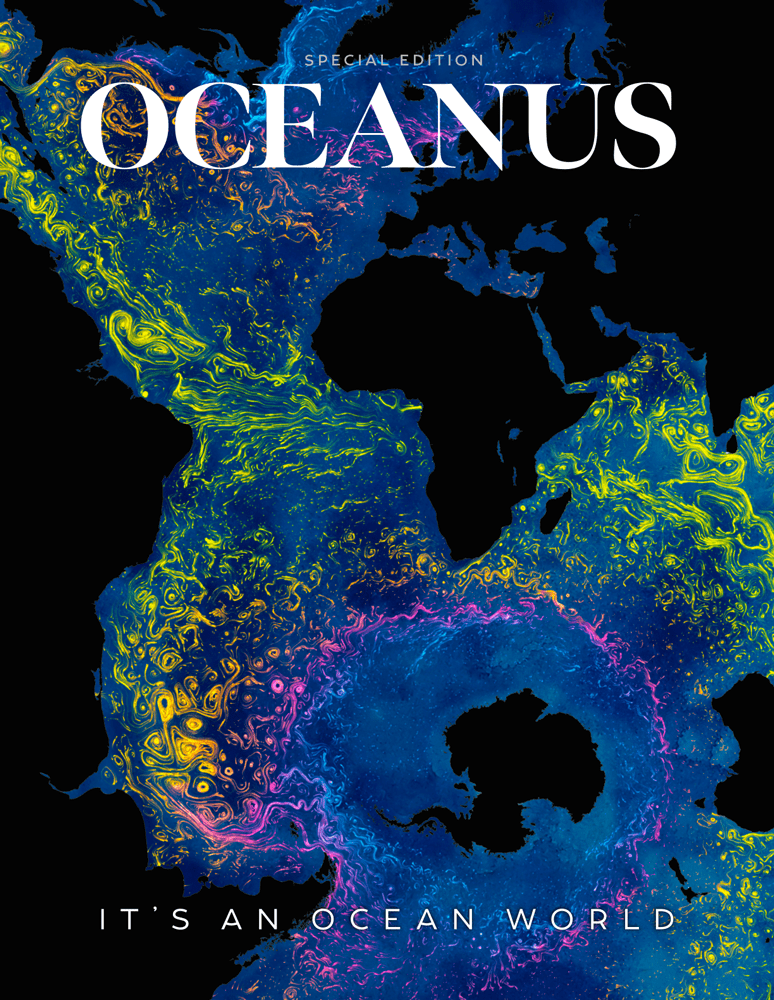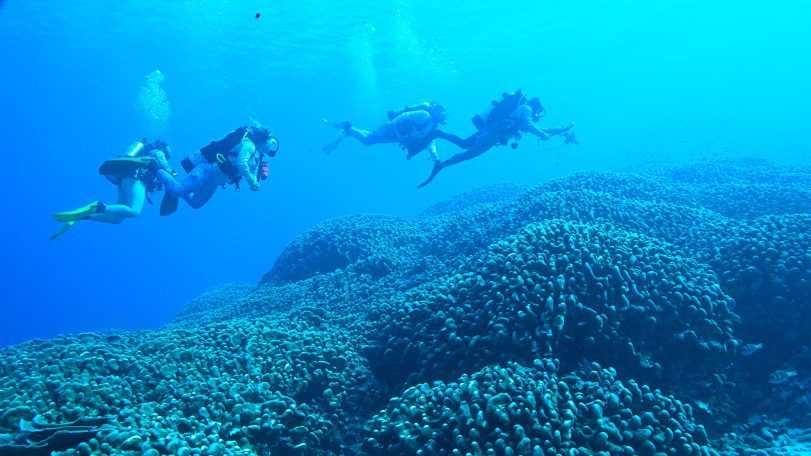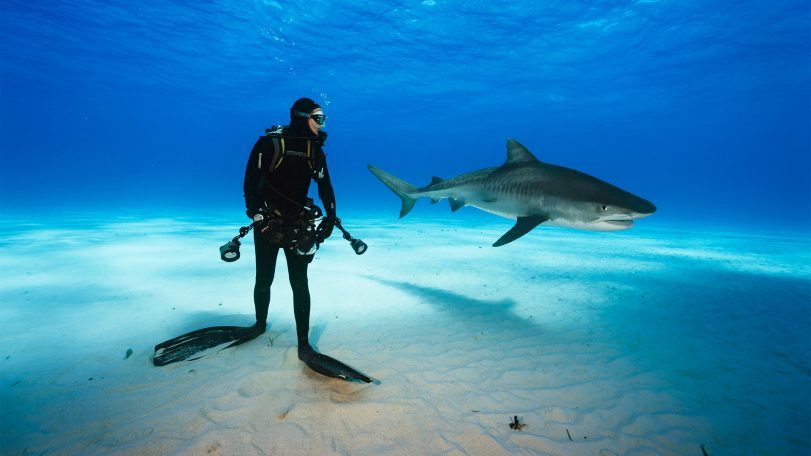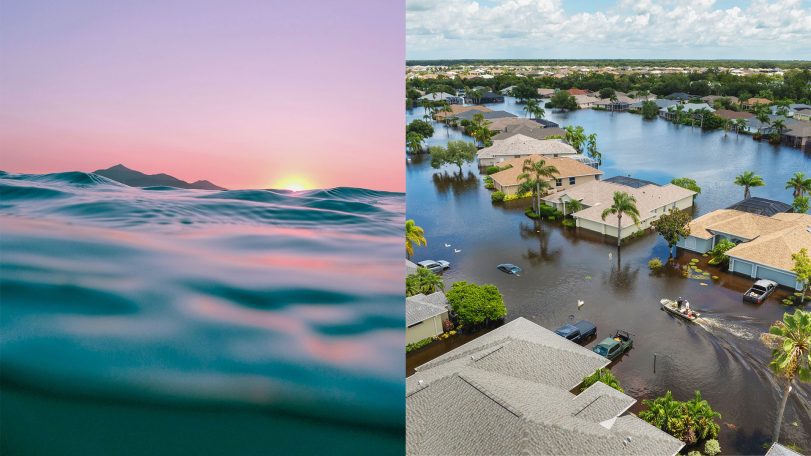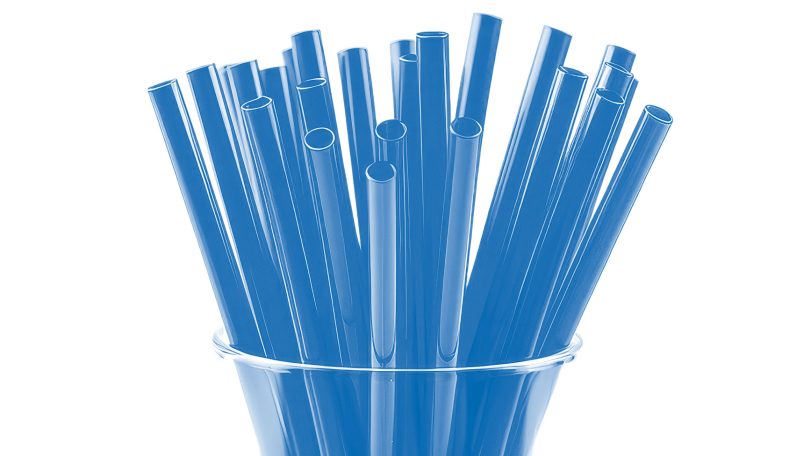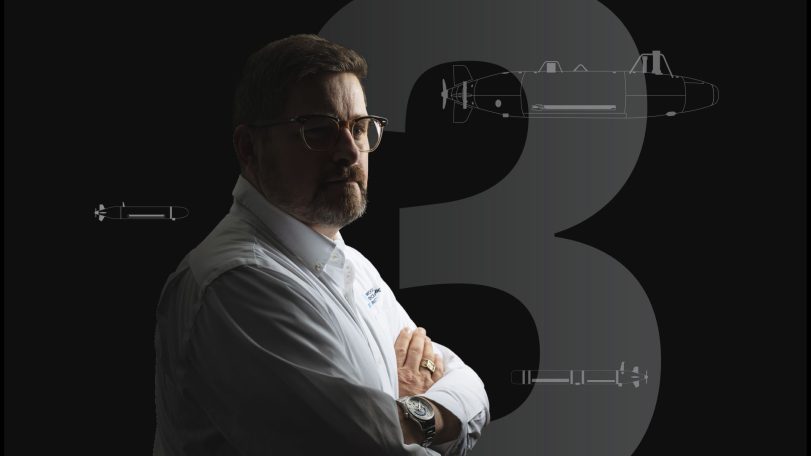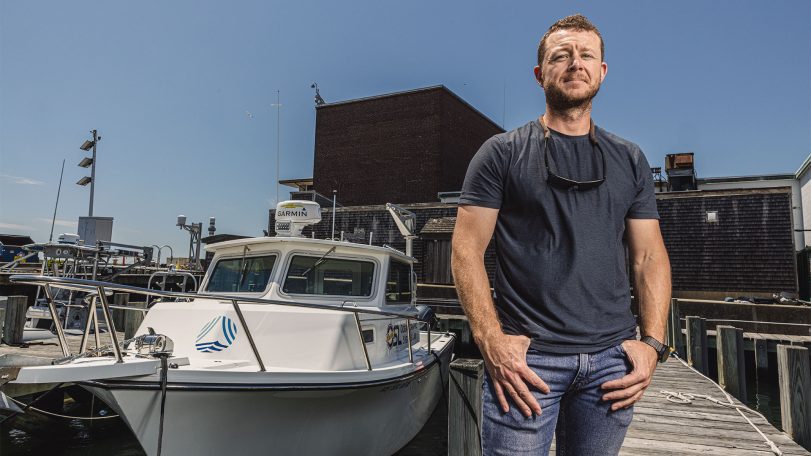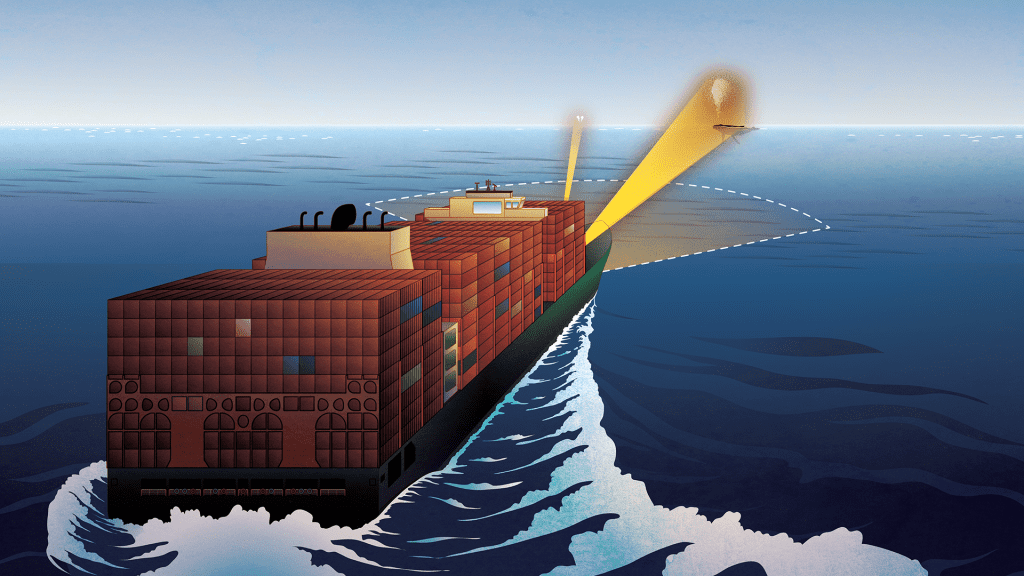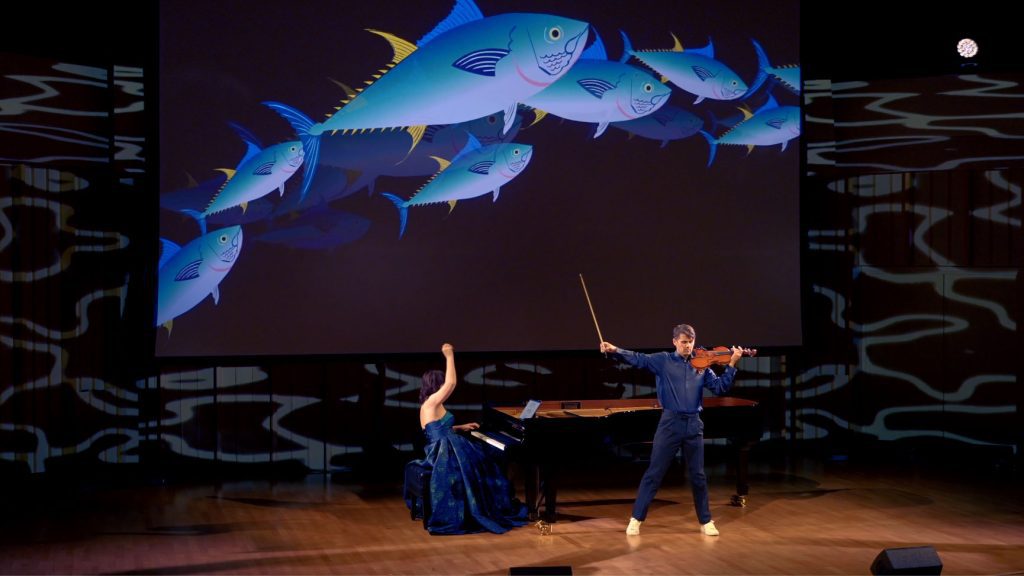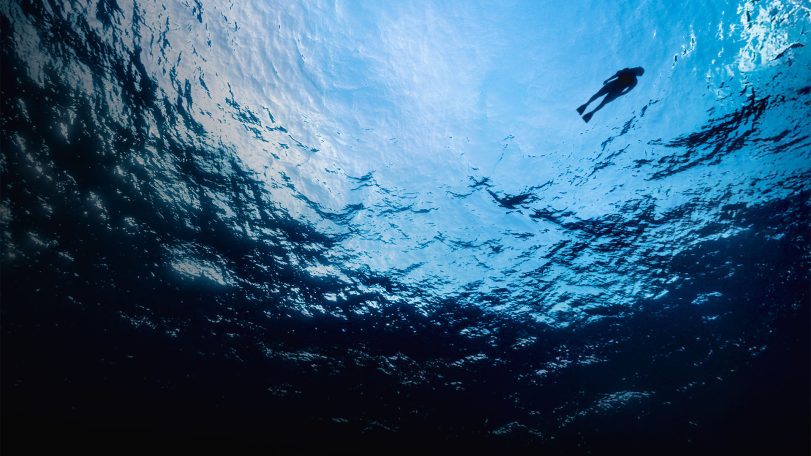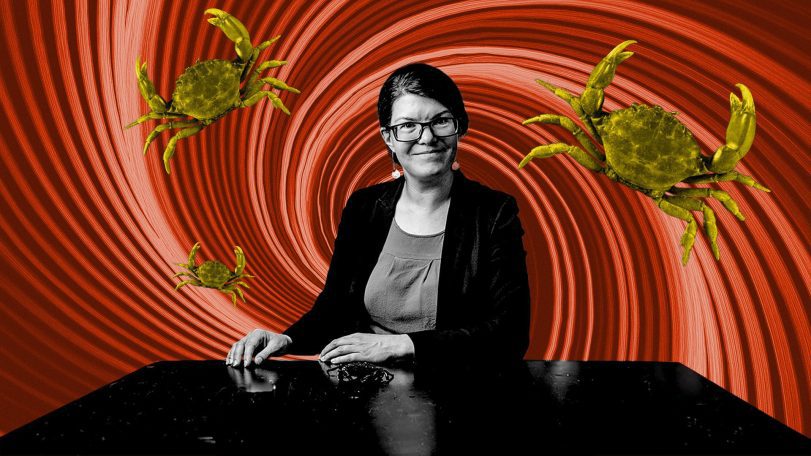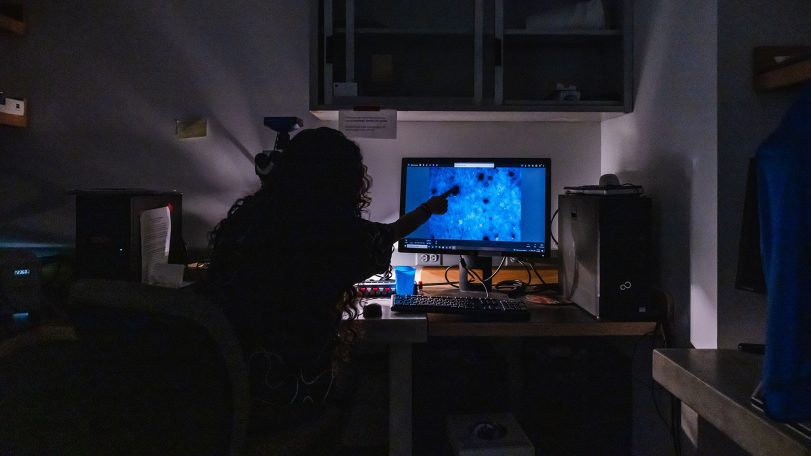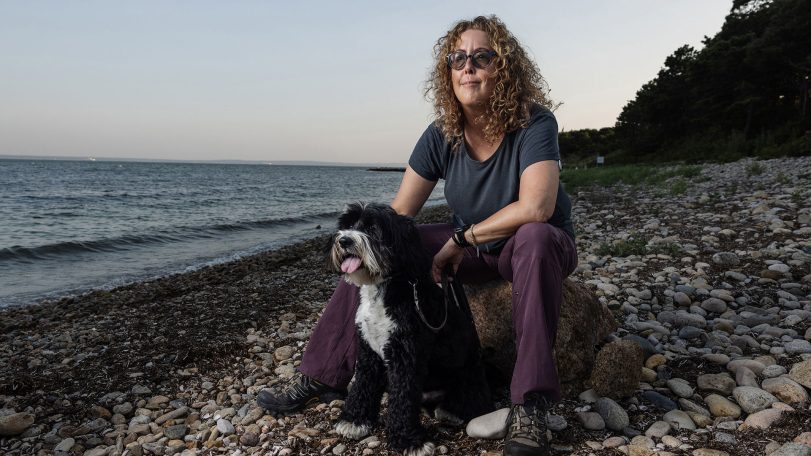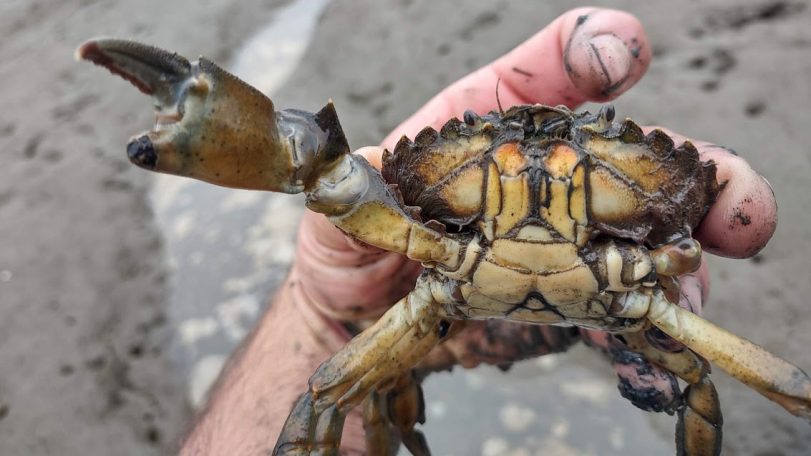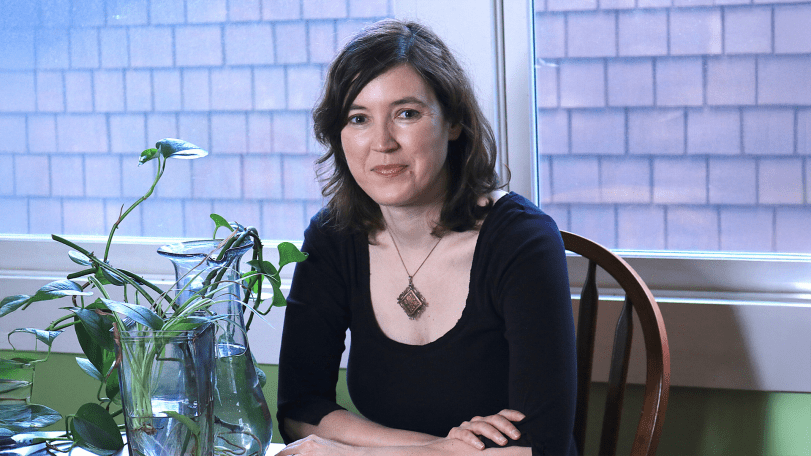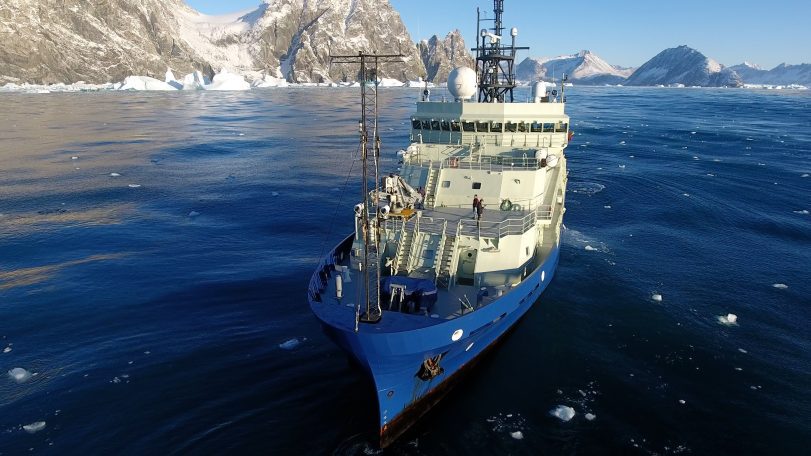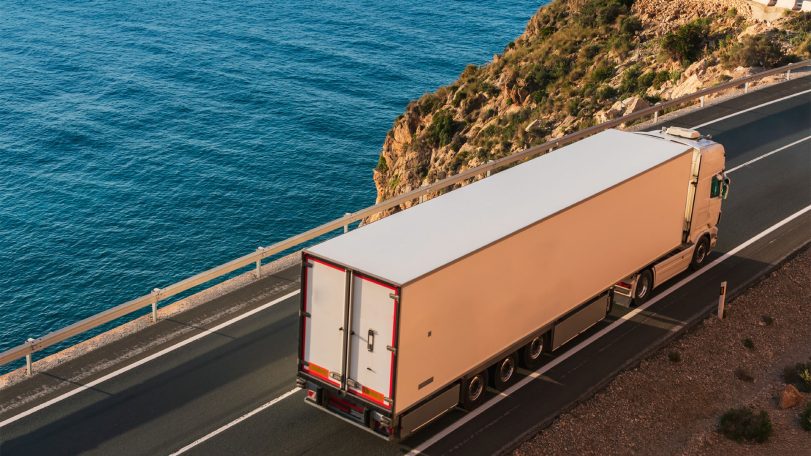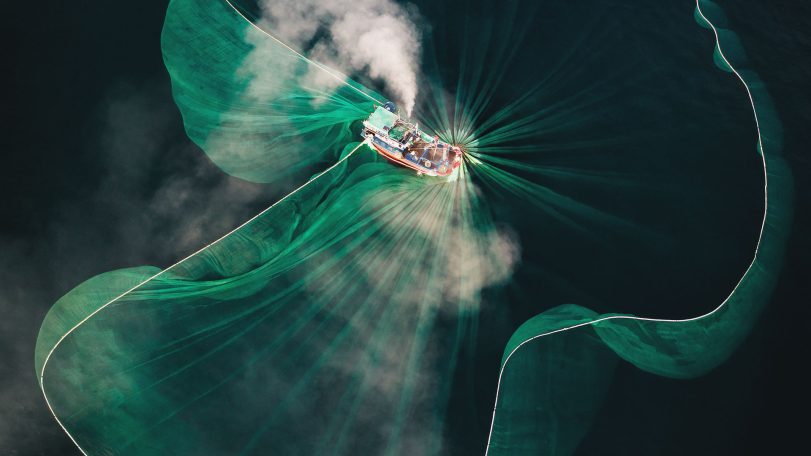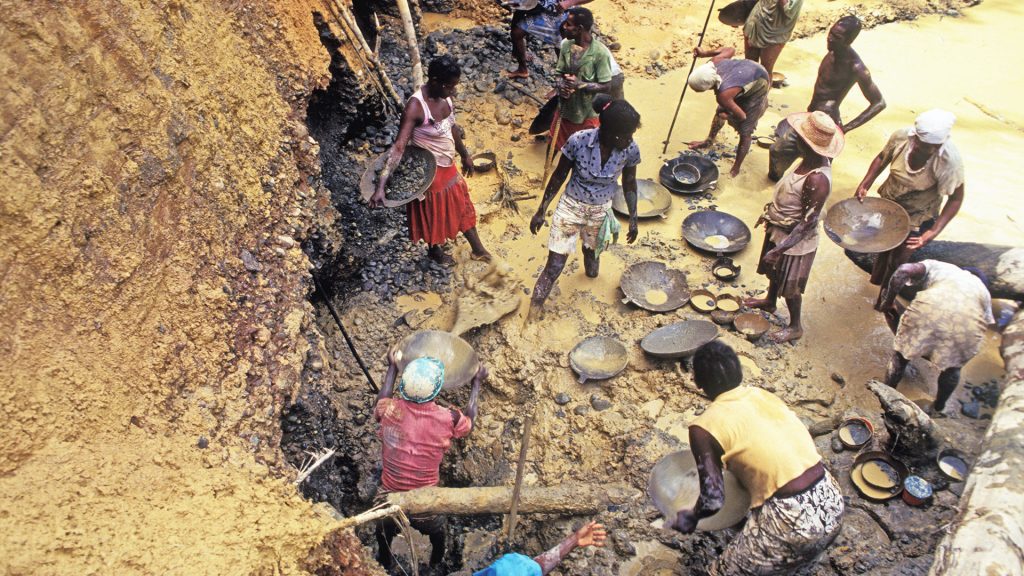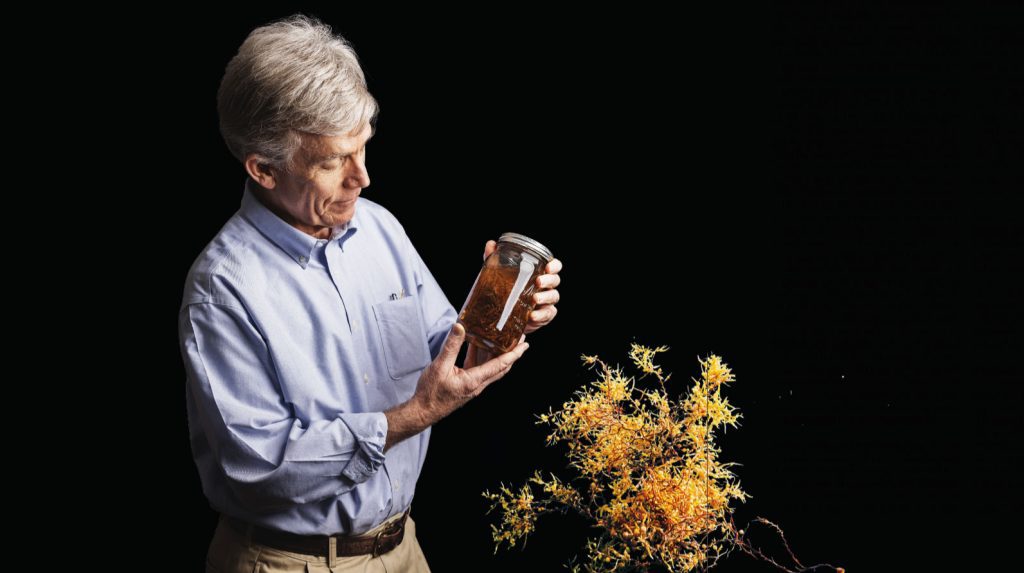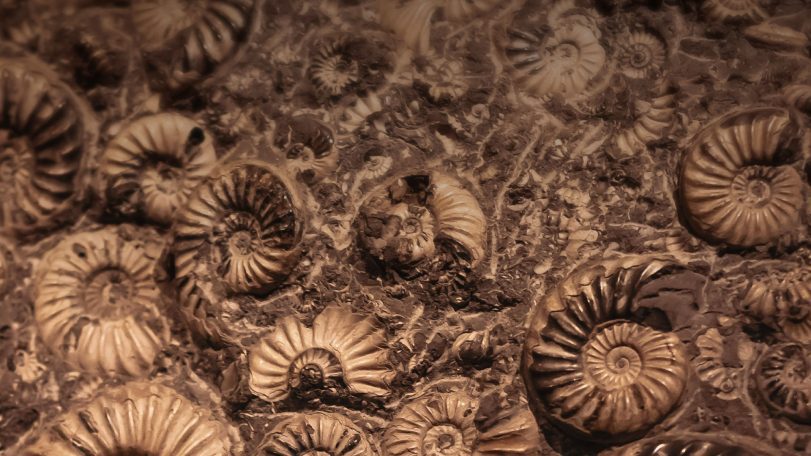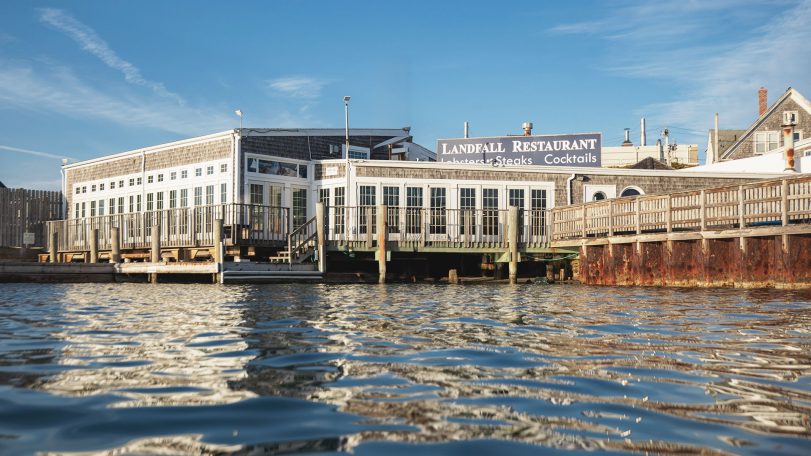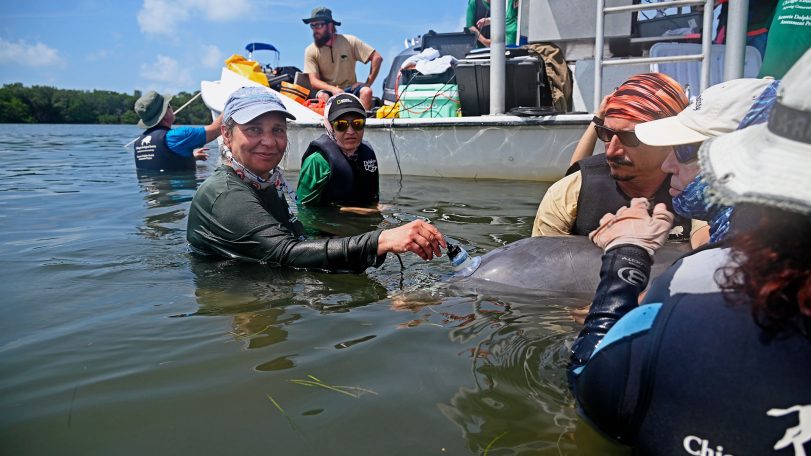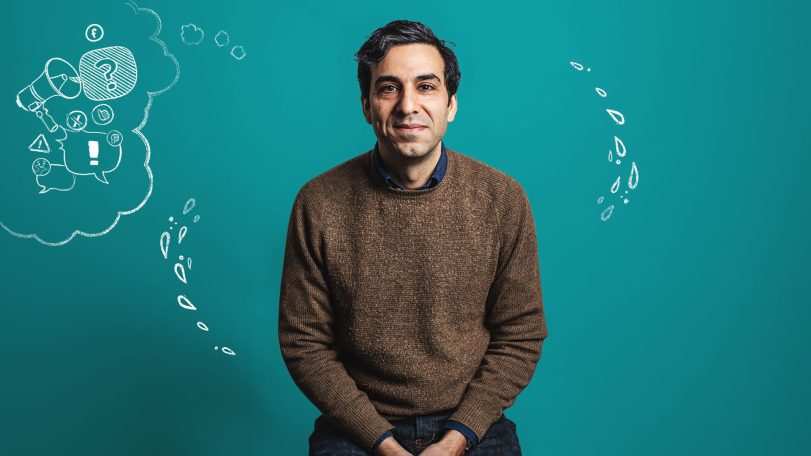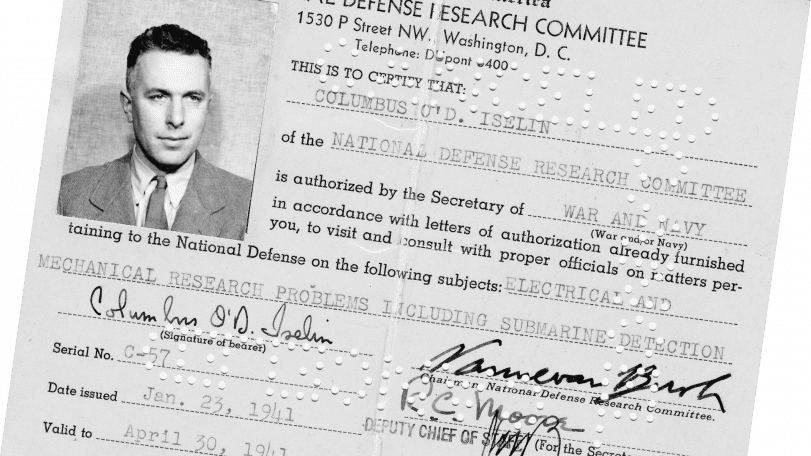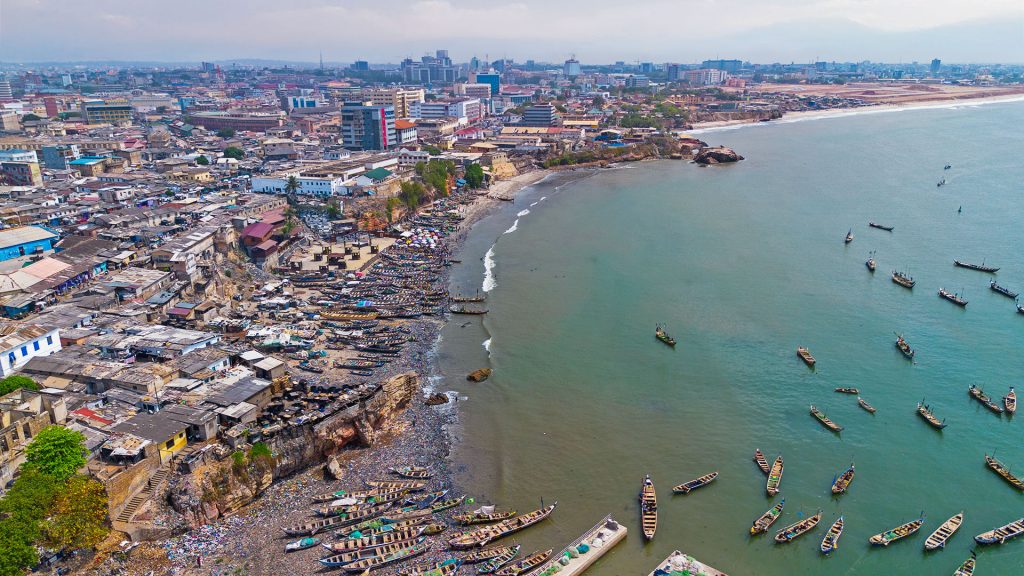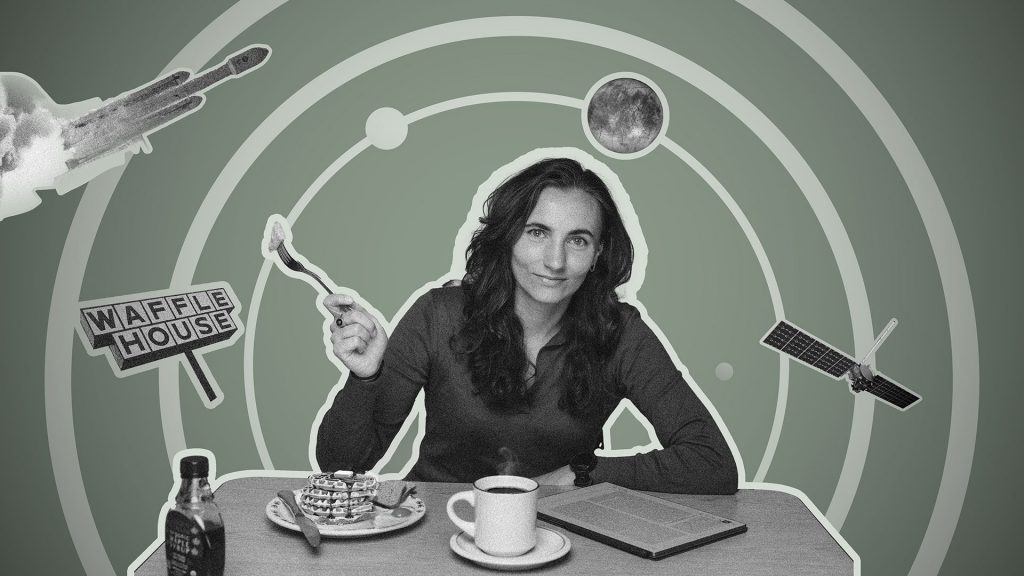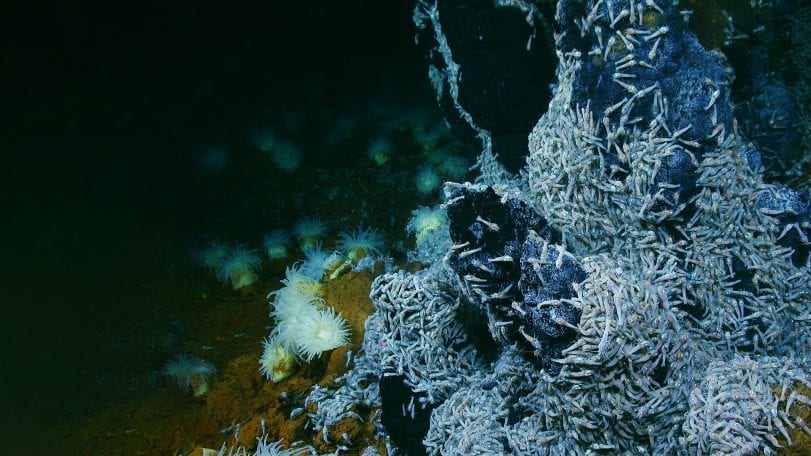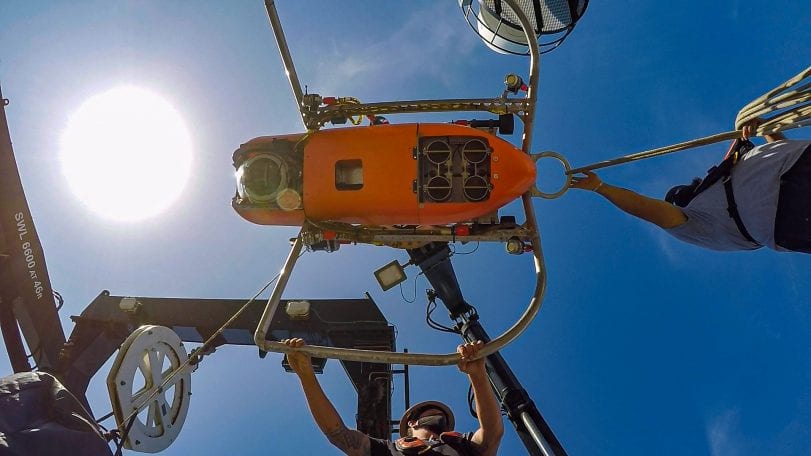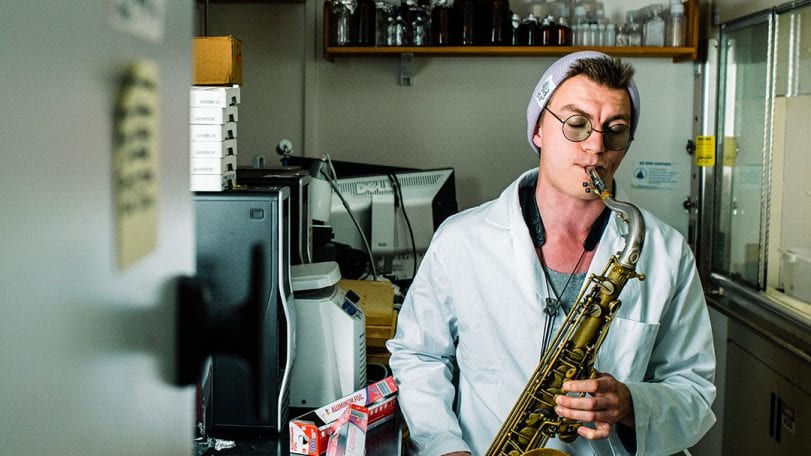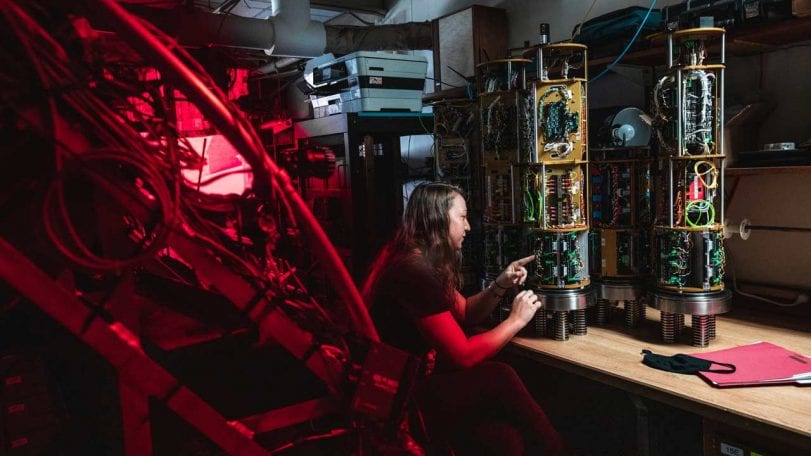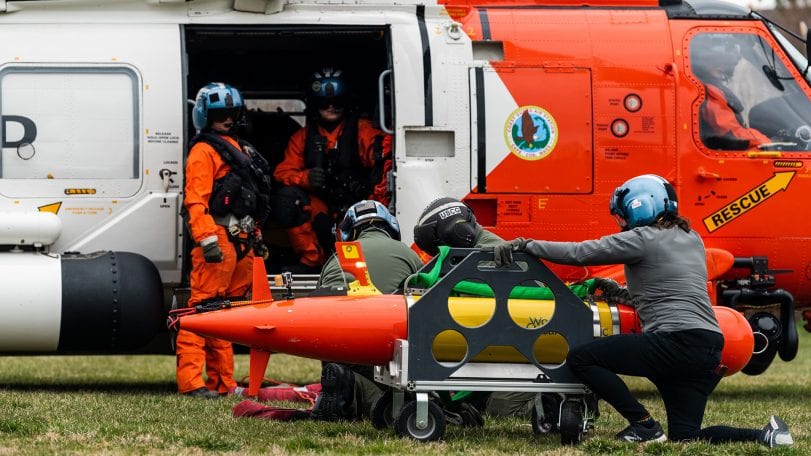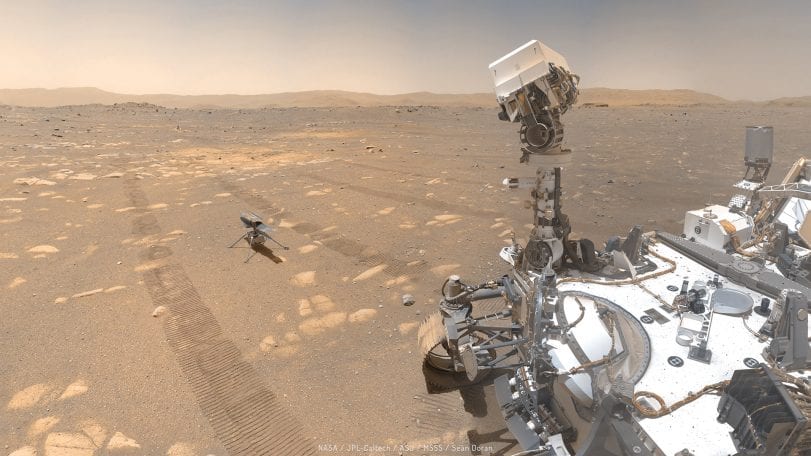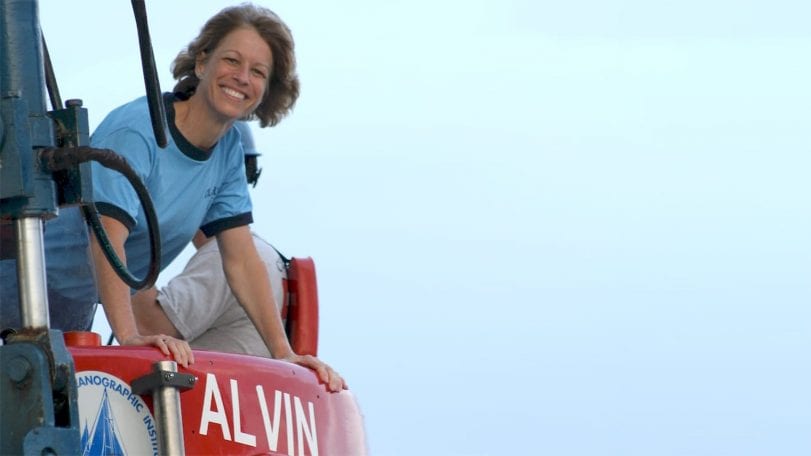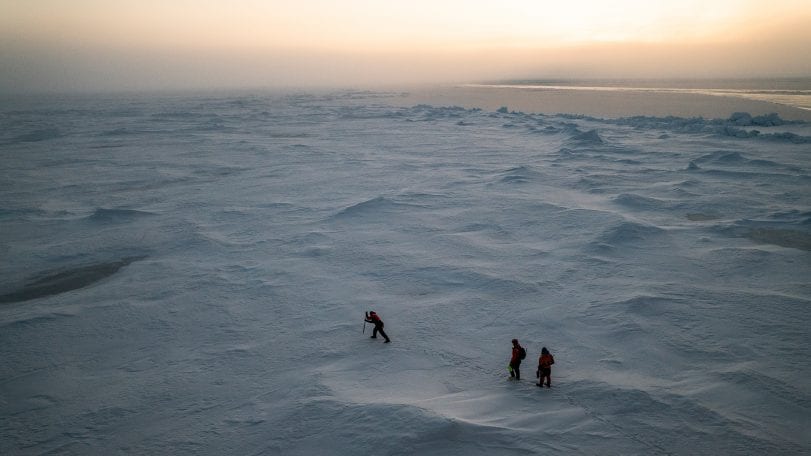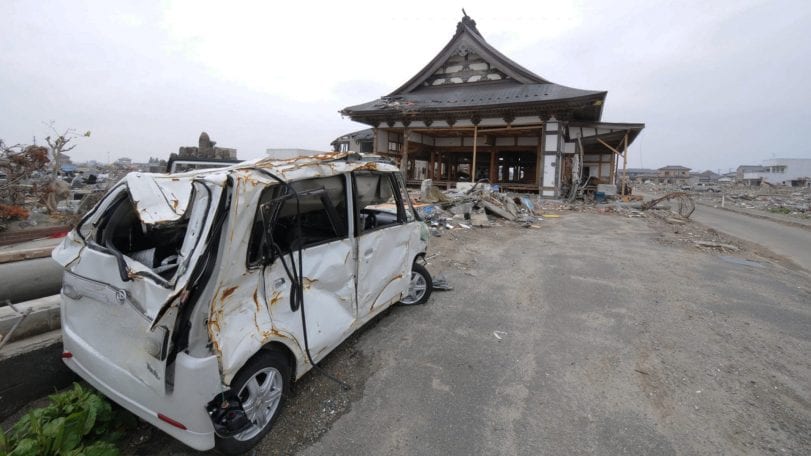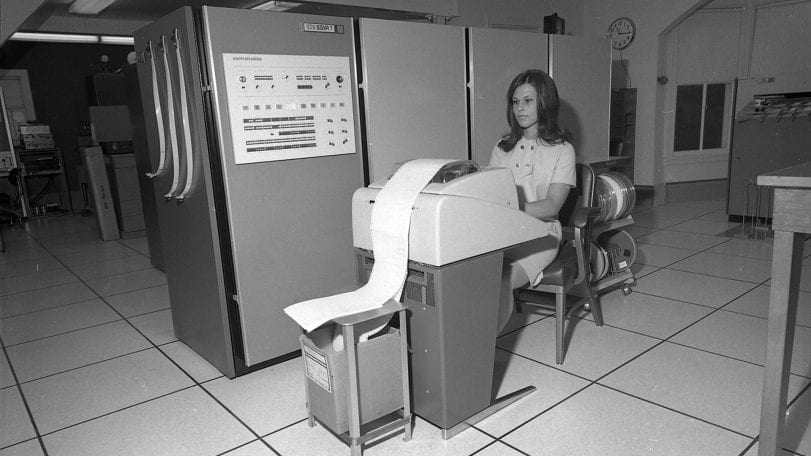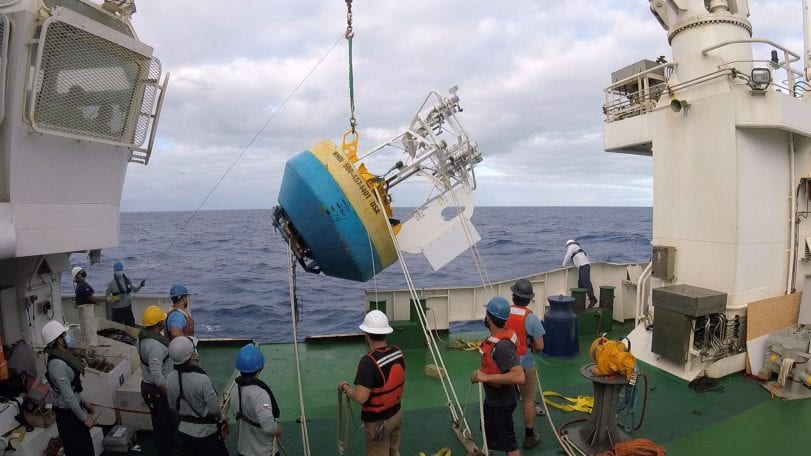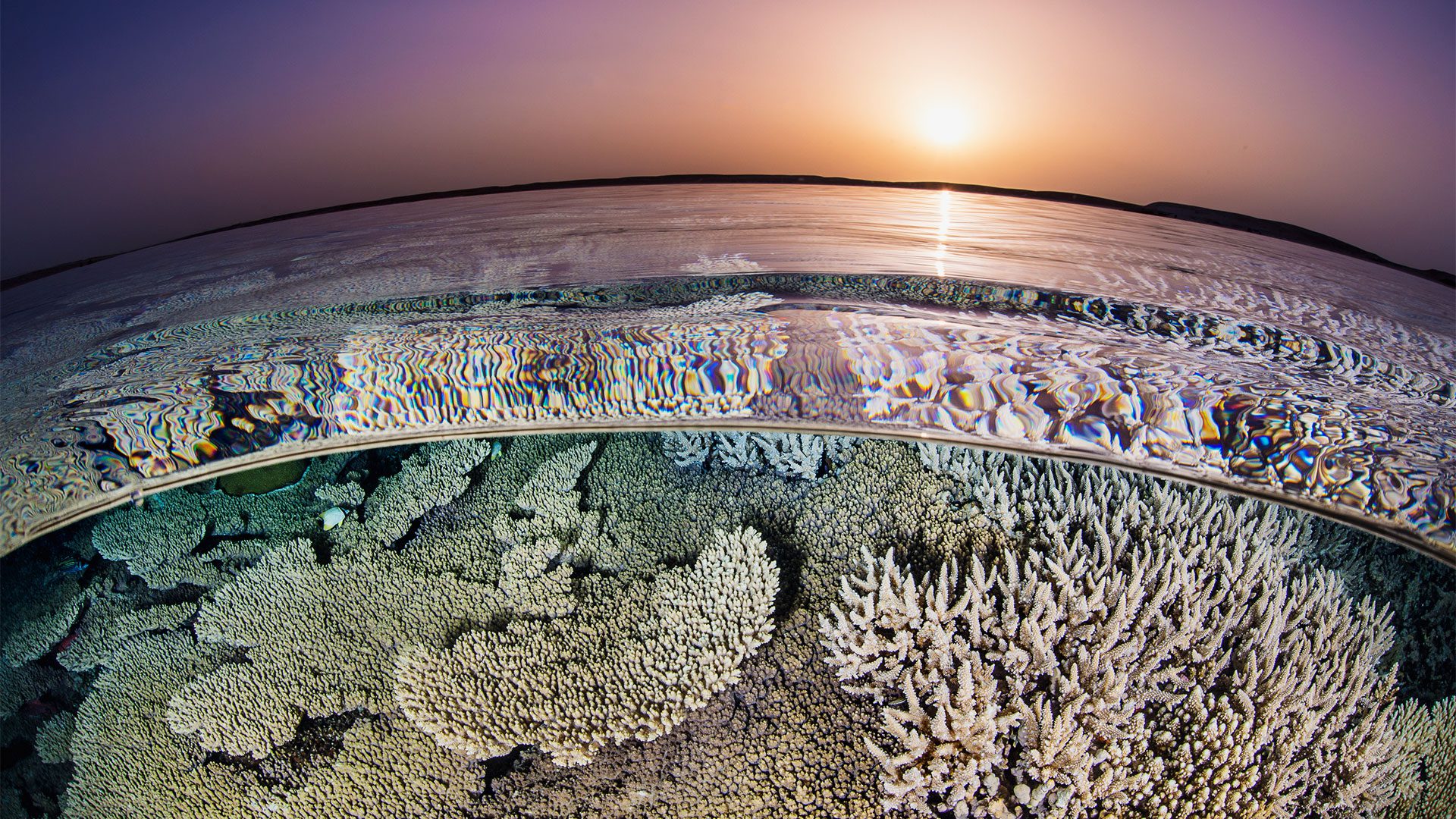
The little big picture
WHOI senior biologist Heidi Sosik on the critical need for long-term ocean datasets
Lessons from a lifetime of exploration
Award-winning ocean photographer Brian Skerry shares insights from a career spent around ocean life and science
The ocean weather nexus, explained
The vital role of ocean observations in extreme weather forecasting
Breaking down plastics together
Through a surprising and successful partnership, WHOI and Eastman scientists are reinventing what we throw away
Three questions with Carl Hartsfield
Captain Hartsfield, USN retired, discusses the role ocean science plays in our national defense

and get Oceanus delivered to your door twice a year as well as supporting WHOI's mission to further ocean science.
Our Ocean. Our Planet. Our Future.
The Ocean (Re)Imagined
How expanding our view of the ocean can unlock new possibilities for life
Body snatchers are on the hunt for mud crabs
WHOI biologist Carolyn Tepolt discusses the biological arms race between a parasite and its host
A polar stethoscope
Could the sounds of Antarctica’s ice be a new bellwether for ecosystem health in the South Pole?
Secrets from the blue mud
Microbes survive—and thrive—in caustic fluids venting from the seafloor
Top 5 ocean hitchhikers
As humans traveled and traded across the globe, they became unwitting taxis to marine colonizers
Following the Polar Code
Crew of R/V Neil Armstrong renew their commitment to Arctic science with advanced polar training
Harnessing the ocean to power transportation
WHOI scientists are part of a team working to turn seaweed into biofuel
Casting a wider net
The future of a time-honored fishing tradition in Vietnam, through the eyes of award-winning photographer Thien Nguyen Noc
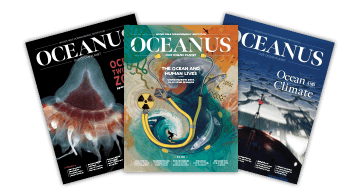
Looking for something specific?
We can help you with that. Check out our extensive conglomeration of ocean information.
Gold mining’s toxic legacy
Mercury pollution in Colombia’s Amazon threatens the Indigenous way of life
How do you solve a problem like Sargassum?
An important yet prolific seaweed with massive blooms worries scientists
Ancient seas, future insights
WHOI scientists study the paleo record to understand how the ocean will look in a warmer climate
Rising tides, resilient spirits
As surrounding seas surge, a coastal village prepares for what lies ahead
Whistle! Chirp! Squeak! What does it mean?
Avatar Alliance Foundation donation helps WHOI researcher decode dolphin communication
We can’t do this alone
For marine chemist Adam Subhas, ocean-climate solutions don’t happen without community
How WHOI helped win World War II
Key innovations that cemented ocean science’s role in national defense
Life at the margins
Scientists investigate the connections between Ghana’s land, air, sea and blue economy through the Ocean Margins Initiative
Grits, storms, and cosmic patience
As storms stall liftoff, Europa Clipper Mission Team member Elizabeth Spiers patiently awaits the biggest mission of her life
Going the Distance
Unraveling the mysteries of the vast global ocean means entering some of the most remote and dangerous places on the planet.
Five things to know about NOAA’s 2021 Tech Demo
Researchers prepare WHOI’s autonomous underwater vehicle, Orpheus for its first deep dive of 2021Tech Demo.
A new ocean soundscape
Combining his passions for marine chemistry and music, an MIT-WHOI Joint Program student converts data into songs that reveal the chemical nuances of the ocean.
Meet the Alvin 6500 Team: Rose Wall
Alvin Engineer Rose Wall on joining the Alvin Group during an overhaul and the pandemic.
Oil spill response beneath the ice
Successful test deployment of WHOI vehicle Polaris expands U.S. Coast Guard response to oil spills in the Arctic
From Mars to the deep
Navigation technology that helped NASA’s Perseverance rover land safely on Mars could guide robots in another unexplored terrain that’s much closer to home: the deepest trenches of the ocean.
The teacher who never misses the chance to Dive & Discover
Middle-school classroom participates in every Dive & Discover expedition since 2000
Five extreme places to do ocean research
Whether they’re under the ice at the furthest poles or hovering above the ocean’s deepest volcanoes, these researchers get the job done.
Fukushima and the Ocean: A decade of disaster response
One decade since explosions rocked Japan’s Fukushima Dai-ichi nuclear power plant, researchers look back at how the ocean was impacted by the radioactivity fallout from the event, and discuss how the situation continues to evolve.
Data with a side of sass
The name “data dollies” was a tongue-in-cheek way of calling attention to the essential yet unglamorous work these mostly young, college-educated women performed while not at sea.
Racing an undersea volcano
Using AUV Sentry to make a high-resolution, near-bottom, seafloor map before the next volcanic eruption at the East Pacific Rise
Amidst pandemic, researchers deploy new monitoring station in tropical Pacific
After two attempts in 2020 to replace a monitoring station of the coast of Chile, WHOI researchers and colleagues successfully deployed the moored system despite pandemic-related challenges. This extends a 20-year ongoing presence of a monitoring buoy in this otherwise data-sparse area of the Pacific.
